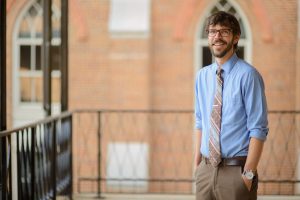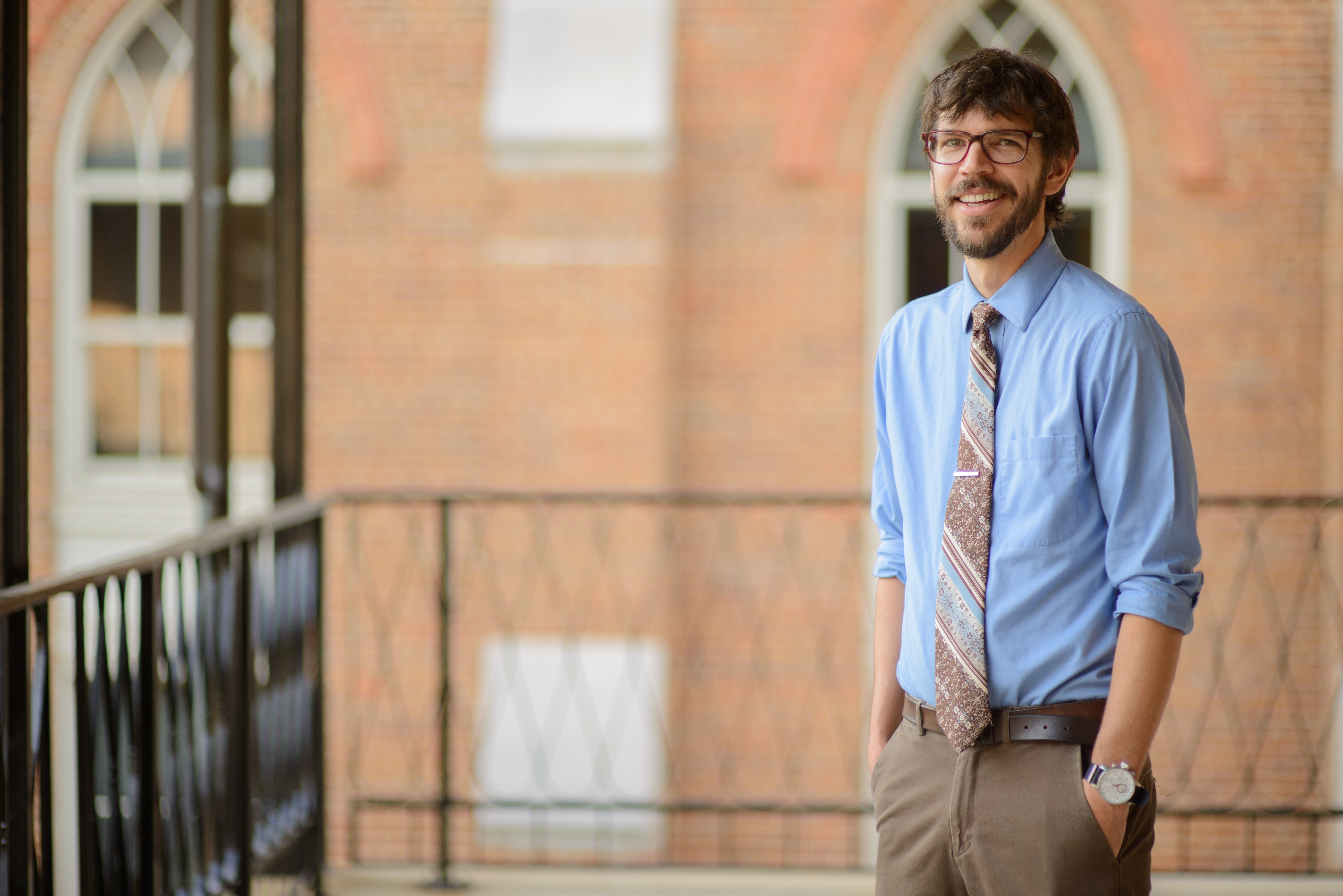
TUSCALOOSA, Ala. — Warty-nosed witches, ghouls, goblins, Transformers, princesses and clowns stalking neighborhood streets upon nightfall for the sweet taste of candy wasn’t always what Halloween was about.
Dr. Michael J. Altman, an assistant professor of religious studies at The University of Alabama who specializes in American religious cultures, said thousands of years ago, Halloween started as European harvest festival celebrations, such as the Wicca holiday of Samhain.
“So the pre-Christian tradition of Halloween was an end of the season festival going from the period of the year where we go from life, which is agriculturally having grown all of our crops and harvested them, to transitioning to winter where crops die and the days became shorter and nights become longer,” Altman said.
“And, along with those long nights of no crops came people thinking about the dead. The agricultural metaphors were a big part of it. Even though all of us don’t farm nowadays, we still feel that transition from the heat of summer and its brightness, to the cold, longer nights and dead leaves of winter. So, that idea has stayed with us.”
As Catholicism spread across Europe and reached the British, the religion met with the Celtic and Gaelic harvest festivals of Britain’s people and blended with the folk religion becoming assimilated into Catholicism.
“The harvest festivals from before involved dressing up in costumes, and that got absorbed into the Catholic Church,” Altman said. “The people in these festivals would dress up in costumes, but they weren’t wearing pirate outfits and things like that. They were wearing fun clothing, though.
“This was called guisings, like disguising. That’s where these dress up traditions in our modern Halloween come from. The interesting thing is that this was very localized. It wasn’t this national holiday like Halloween is today. It was localized because it was the local folk religions of a particular region mixing with the Catholic Church.”
Altman said that is how All Hallows Eve and All Saints’ Day came about. All Hallows Eve is the night before, or the eve, of All Saints Day, which is a day celebrating all the Catholic saints on Nov. 1.
All Hallows Eve eventually became known as Halloween. But it was not a holiday that was celebrated in America until the 19th century.
“When the first pilgrims and Puritans came over to New England, they did not celebrate any church holidays,” Altman said. “They were Protestants and were far on the Protestant spectrum.
“They felt that Halloween, Christmas, Easter and all those holidays were vestiges of Catholicism. They thought that all these holidays led to idolatry. Protestant reformer Martin Luther actually nailed his 95 Theses to the door of the Catholic Church on All Hallows Eve.”
Altman said it wasn’t until people from Ireland and Scotland, as well as German Lutherans and European Catholics immigrated to America that Halloween started to become an American practice. These immigrants brought their folk traditions with them, but it was still a holiday celebrated only in their neighborhoods, initially.
As those communities grew, the popularity of Halloween grew.
“So, this stuff all blends in, and in the 20th century you see all of these folk traditions get mixed up into capitalism and marketing, and Halloween becomes this national mass-marketed holiday,” he said. “You see the same thing happen to Christmas and Easter.
“All of these holidays were brought over by various immigrants and get picked up and nationalized. By the end of World War II, you see these become national and broadly commercialized holidays.”
Altman said as Halloween started to become associated with witches and horror movies in America, some Protestant Christian churches rejected it.
“Evangelicals have rejected it and have replaced it with fall festivals, trunk or treats and hell houses to remind people that, if you die, you go to hell unless Jesus saves you,” he said. “So, they reject Halloween but not Christmas and Easter, which all have the same background as to how they’ve become American practices.
“And, I guess it’s also because Halloween maintains its pre-Christian roots such as dealing with spirits of the dead. They maintain those because people think it’s fun to be scared.”
Altman said in the 1990s, Halloween continued to be associated with evil even while continuing to grow in popularity.
He said people began to believe that children were kidnapped on Halloween and that people were poisoning apples and candy. But children weren’t being kidnapped on Halloween more so than any other day, he said, and he doesn’t recall any actual reports of kids receiving poisoned apples and candy.
“In the 90s, Halloween becomes this place where Americans hang a lot of their anxieties,” he said. “So, we get scary clowns and satanic sacrifices, but I don’t know if there’s any real links of these to Halloween.”
Altman said people often connect Halloween to a lot of pagan beliefs and practices like Wicca and any other group that practices pre-Christian Halloween. But Wiccans, he said, are nothing like the witches in the movies, so the association between the two isn’t accurate.
“It’s a shame that Halloween gets caught up in all the cult stuff because it has nothing to do with them.
“Halloween has become a cultural place for Americans to express our cultural and social fears. I think that’s why the clown thing has come back. I don’t think it’s a coincidence that the clown fears have come back during a deeply divisive election.”
Contact
Jamon Smith, media relations, jamon.smith@ua.edu, 205/348-4956
Source
Michael Altman, maltman2@ua.edu, 205/348-7223
